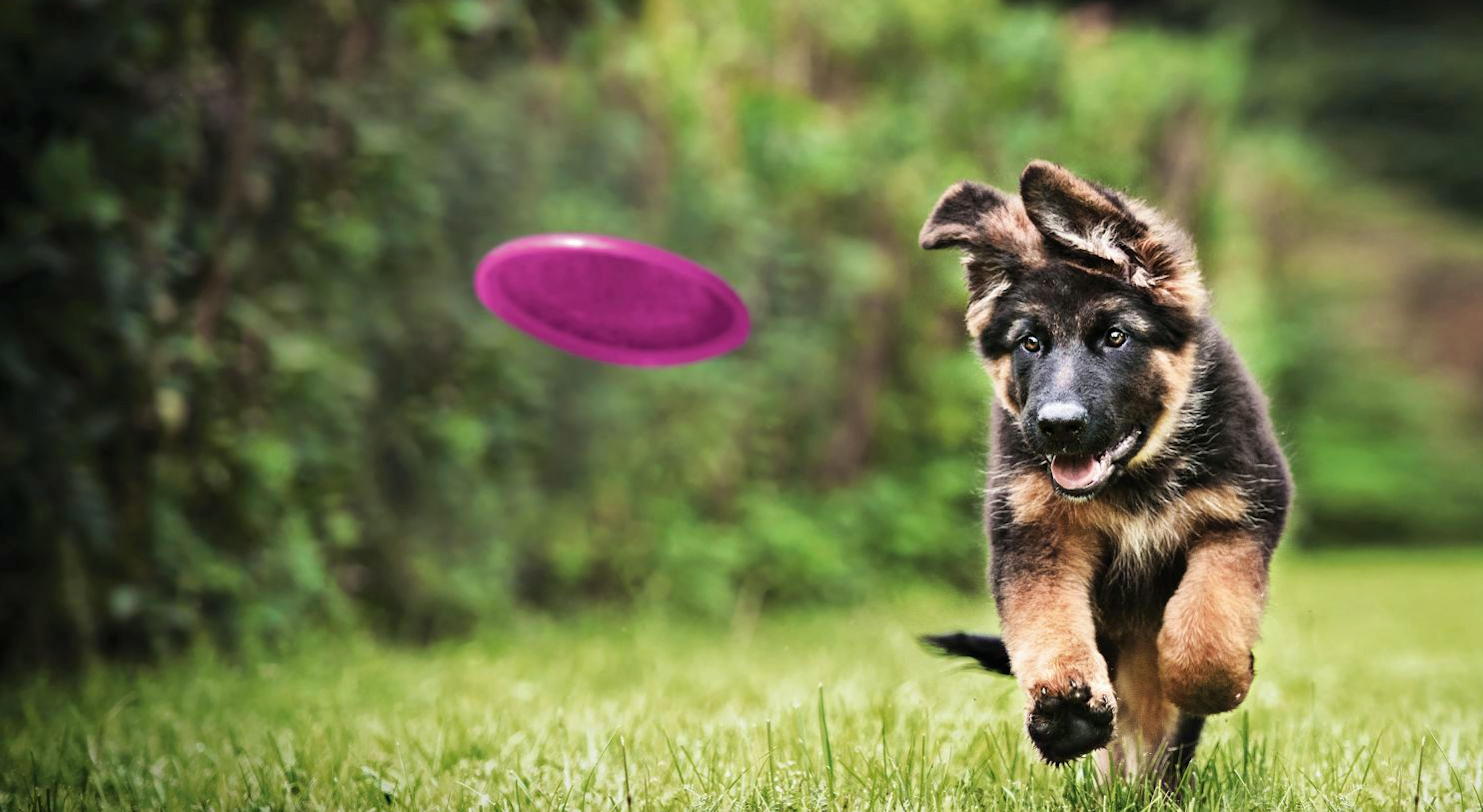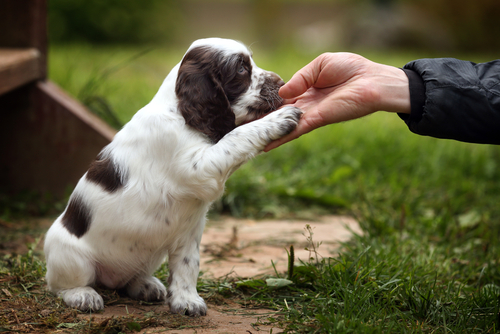Puppy Training Techniques: Teaching Basic Commands for a Happy Pet
Puppy Training Techniques: Teaching Basic Commands for a Happy Pet
Blog Article
Leading Puppy Educating Techniques to Make Sure a Well-Behaved Family Pet
Efficient pup training is essential for growing a mannerly companion, and various methods can significantly influence a pet's growth. As we explore these methods additionally, it becomes clear that the success of puppy training pivots on a mix of strategies that can change your pet's actions in amazing means.
Favorable Reinforcement Strategies
Using positive reinforcement techniques is vital for reliable puppy training, as it motivates desired habits with incentives as opposed to punishment. This technique profits from the natural knowing processes of canines, strengthening etiquette by providing prompt and concrete incentives, such as deals with, appreciation, or playtime. By linking positive results with specific activities, young puppies are more probable to repeat those actions in the future.
Reliable positive reinforcement involves timing and uniformity. Rewards ought to be given quickly after the preferred actions happens to develop a clear connection in the pup's mind. Additionally, varying the sorts of rewards can keep a young puppy's rate of interest and motivation throughout the training process. For example, some pups may react far better to spoken appreciation while others may like a favored toy or reward.

Uniformity in Training Commands
Maintaining uniformity in training commands is vital for reinforcing the lessons learned via positive reinforcement techniques. Dogs grow on regular and predictability, so making use of the very same spoken commands and hand signals for certain behaviors is necessary. This harmony assists puppies understand what is expected of them, reducing confusion and aggravation for both the instructor and the animal.

Timing additionally plays a significant function in uniformity. Commands need to be delivered immediately during training sessions and complied with right away by positive reinforcement, such as deals with or appreciation. This instant reaction assists strengthen the association between the command and the desired actions.
Including uniformity into training sessions will develop a secure learning atmosphere, advertising quicker mastery of commands. Eventually, a well-structured technique promotes a strong bond in between the young puppy and its owner, causing a more mannerly and loyal family pet.
Socialization With Various Other Family Pets
Socialization with other family pets is essential for a young puppy's growth, as it assists them discover suitable behaviors and interaction abilities in varied social contexts. Early interactions with various pets can considerably influence a pup's character and versatility in various situations. When pups are exposed to a variety of pets, they end up being much more confident and less scared, which can protect against possible behavioral problems later in life.

Teach your puppy to acknowledge signals from other pet dogs, such as indications of playfulness look at these guys or discomfort, cultivating common regard and understanding. Regular socializing not only boosts your puppy's social abilities however likewise contributes to their overall wellness, creating an extra harmonious living environment.
Pet Crate Training Benefits
Identifying the various benefits of dog crate training can greatly boost both the pup's and proprietor's experience. Crate training supplies a safe and safe atmosphere for pups, ensuring blog here they feel secured when laid off. This feeling of security can significantly minimize anxiety and stress levels for both the proprietor and the pet dog.
Additionally, crates function as an important house-training device. Young puppies normally stay clear of soiling their resting location, consequently motivating them to hold their bladder until they are let outside. This instinct can quicken the house-training process, fostering good practices early on.
When unsupervised,Crate training additionally helps in taking care of a pup's habits - puppy training. By offering a marked space, owners can prevent damaging habits, such as eating on furnishings or entering into damaging materials. Moreover, cages can be advantageous throughout traveling, using an acquainted area that can aid relax a young puppy in brand-new environments.
Last but not least, establishing a crate routine motivates self-reliance, enabling puppies to find out how to be alone without concern. Overall, cage training is an effective method for promoting serenity, security, and discipline, leading to a well-adjusted, well-behaved pet dog.
Chain Training Basics
Leash training is a basic element of responsible pet dog ownership that ensures a risk-free and satisfying strolling experience for both the young puppy and its owner. Appropriate leash training begins early, preferably during the pup's socializing duration. When out in public., this training aids establish excellent practices and advertises positive actions.
To start, pick a comfortable collar or harness that fits your puppy well. Affix a strong chain, click for more info ensuring it is not also long, as this can result in drawing and unpredictable actions. Beginning in a peaceful setting to reduce distractions and slowly introduce your young puppy to new surroundings.
Use positive support methods, such as treats and praise, to urge your pup to walk beside you. If your pup draws, stop strolling and wait for them to return to your side before proceeding.
In addition, integrate short training sessions with fun diversions to develop your puppy's emphasis. With commitment and perseverance, chain training will cause a hospitable friend, making walks enjoyable for both the proprietor and the young puppy.
Verdict
In final thought, employing reliable young puppy training techniques is crucial for establishing a well-behaved animal. In general, these approaches jointly promote an unified partnership between puppies and their owners.
As we check out these methods further, it comes to be clear that the success of pup training hinges on a combination of approaches that can transform your pet's actions in impressive means.
Using positive reinforcement methods is crucial for reliable young puppy training, as it urges preferred actions through benefits rather than punishment.Crate training also helps in managing a young puppy's behavior when not being watched.Leash training is an essential facet of responsible family pet ownership that ensures a secure and satisfying walking experience for both the pup and its owner.In final thought, using effective pup training techniques is crucial for establishing a mannerly pet.
Report this page